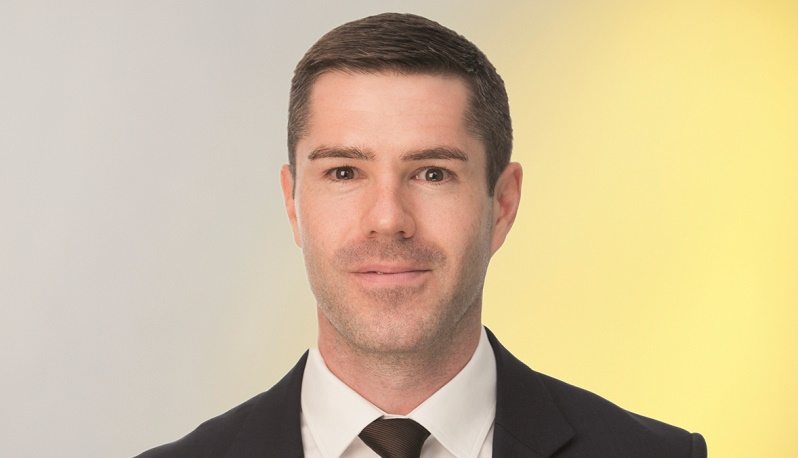Wells and Parascandalo say the small-cap space in EMs is inefficient and has poor governance, meaning active is the only option. They benefit from being able to access Aviva Investors’ internal funds at the cheapest possible share class, which compares favourably with a passive fund, which Parascandalo believes can be expensive for small caps.
“There is a large number of stocks in those indices and in a lot of them there is a big tail of illiquid stocks. These are difficult to trade as there is a high cost – a big bid/offer spread – so if you are trying to replicate the index it can be expensive.”
Elsewhere, the pair has reduced interest rate sensitivity in the portfolio by introducing a short bond position after 30-year US treasuries hit about 3% and became very expensive. This, says Wells, is to protect against the equity overweight and the backdrop of the Fed’s expected rate hikes.
Bullish on risk
As a house, Aviva Investors believes the Fed will hike rates three or four times this year and a further four in 2019.
“That means short-term rates are going to go up by another 2% from where they are,” says Wells. “For us to lose money on the 30- year bond position, not only does the yield curve have to flatten further but it would have to invert.
“We believe the fundamental growth story is strong enough for that not to happen. As long as it does not invert, we will not lose any money.”
The Multi-Asset range’s uncorrelated bucket contains the group’s Multi-Strategy (Aims) funds – the Target Return and Fixed Income offering.
Wells says the income fund is up just over 1%, which is “a pretty good outcome” given fixed income is down across the board. “We like the fact it can help protect portfolios in challenging market conditions for bonds.”
But the pair is not concerned that equities will suffer in a rate sell-off environment. “Today, the 10-year US yield is 2.8% and if it went to 3-3.5%, I don’t think it would be a problem for equity markets. If we woke up tomorrow and it had moved to 4%, that would be a problem, ” says Wells.
Hence the bond short position, showing that, despite the duo being bullish on risk, there is still an element of caution to their approach when considered necessary













